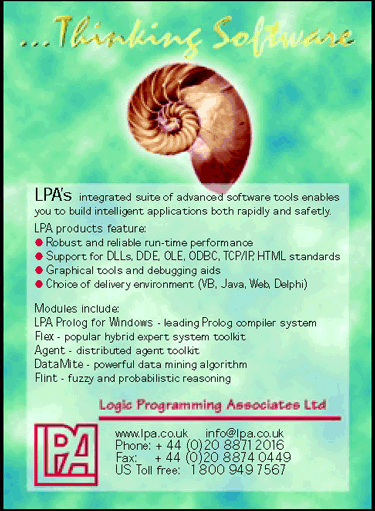| Virtual
Museum Education Assistant
The Science
and Technology Museum in India has integrated a virtual education assistant called
a "Cyberlady" that helps visitors learn about the exhibits and answers
questions. "Cyberlady" was developed through a collaboration between
the museum and the Centre for Development of Imaging Technology. When a user types
in a question, the "Cyberlady" uses artificial intelligence technology
to formulate a response that grabs the user's attention and provides interesting
information. The "Cyberlady" responds using a synthesized voice. The
"Cyberlady" learns from the conversations and stores the information
gleaned from interacting with visitors so that new answers can be developed.
In addition to the "Cyberlady," the museum
has also integrated virtual laboratory modules that simulate various scientific
experiments. One module simulates the flame test whereby a rod is dipped in various
chemicals and then is exposed to flame. The flame changes color based on what
type of chemical is on the rod. Another module simulates the four-stroke engine.
In this module a cross-section of an engine is observed and all of the components
are identified. Other modules are in the works for the future.
http://www.hindu.com/lf/2004/09/24/stories/200409
2400500200.htm
AI Learns How to Cram
We
all remember those late night study sessions from college where we desperately
tried to fill our minds with a semester's worth of information in a few hours.
Well, now there is a tool powered by AI that helps students to study smarter.
The tool, called Cram101, is available at many university bookstores. Cram101
distills information from textbooks and organizes it into outline form. The outlines
are printable so that students can take them to class and augment them with information
from the professor's lecture. Cram101 also creates
practice tests that give students a means of diagnosing the level to which they
have learned the | | material.
Since students often have short attention spans and bore easily, the practice
tests are presented in the form of a game. The tests are designed to be a self-teaching
tool rather than an accurate representation of the types of tests found in the
classroom. Therefore, the answers to questions give clues to the answers of other
questions. With those connections, the student has a better chance of remembering
the information.

www.lpa.co.uk
|